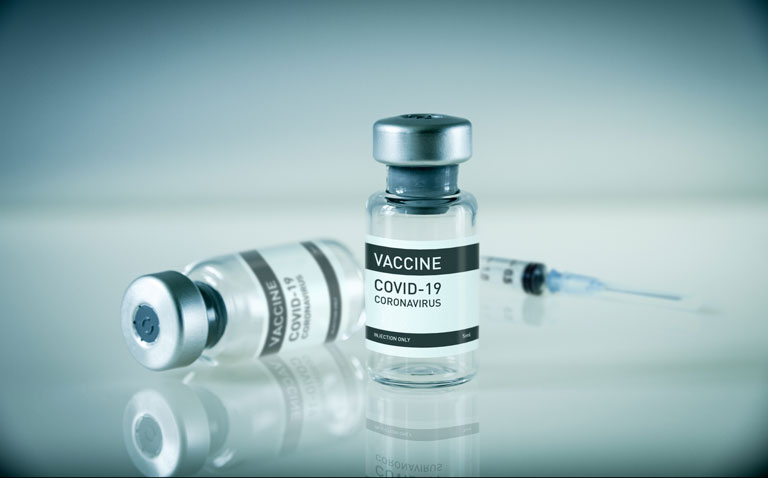Ongoing assessment of vaccine safety in the UK suggests no new safety signals have arisen with the two approved COVID-19 vaccines.
The most effective way to reduce mortality and severe illness from COVID-19 is to ensure that people are vaccinated. Currently, the UK has two vaccines produced by Pfizer/BioNTech and Oxford University/AstraZeneca both of which have been authorised by the Medicines and Healthcare products Regulatory agency (MHRA). As a part of the continued monitoring of vaccine safety, the MHRA reviews all reports of suspected side effects based on submissions of a yellow card from either health professionals or members of the public. Though many reports will contain details of expected adverse effects, i.e., those identified in the clinical trials, it is also possible given the extensive use of these vaccines, for new or unexpected effects to emerge. The most common and expected adverse effects (affecting more than 1 in 10 people) include injection site pain, fatigue, headaches and myalgia and these would be predicted for both vaccines, given their prevalence in the clinical trials. In light of the need to provide reassurance to both members of the public and health professionals, the MHRA has released an analysis of the yellow cards which have been received.
Findings
The MHRA data is as of 24th January 2021 and includes a total of 22,820 submitted yellow cards, of which, 16,756 relate to Pfizer/BioNTech, 6,014 to Oxford university/AstraZeneca and 50 for which the vaccine was not specified. The 16,756 cards included a total of 49,472 suspected reactions because a single card can include more than one reaction. Similarly, for the Oxford university/AstraZeneca, there were a total of 21,032 suspected reactions. Based on these figures, the MHRA suggests that the overall reporting rate is around 3 yellow cards per 1,000 administered doses for each vaccine. Analysis of all cards indicate that the overwhelming majority related to injection site reactions and generalised ‘flu-like” illness which are to be expected.
The MHRA also reports that there were 101 reported reactions related to anaphylaxis to the Pfizer/BioNTech vaccine and 13 for the Oxford university/AstraZeneca vaccine although all patients made a full recovery. In addition, other reported adverse effects include Bell’s Palsy (69) to the Pfizer/BioNTech vaccine (which is a recognised effect) and six reports of facial paralysis from the Oxford University/AstraZeneca vaccine. However, the report makes clear that because Bell’s Palsy can occur naturally and without reference to vaccination, the current observed rate does not suggest an increased effect from vaccination. Although there have been 143 reported cases where a patient has died shortly after vaccination, the majority of these occurred in elderly patients with underlying health conditions and reviews of these deaths did not suggest that the vaccine was responsible.
The report concludes that the evidence to date suggests that adverse effects are in line with what is expected from these vaccines.
Citation
Coronavirus vaccine – summary of yellow card reporting. https://www.gov.uk/government/publications/coronavirus-covid-19-vaccine-adverse-reactions/coronavirus-vaccine-summary-of-yellow-card-reporting










